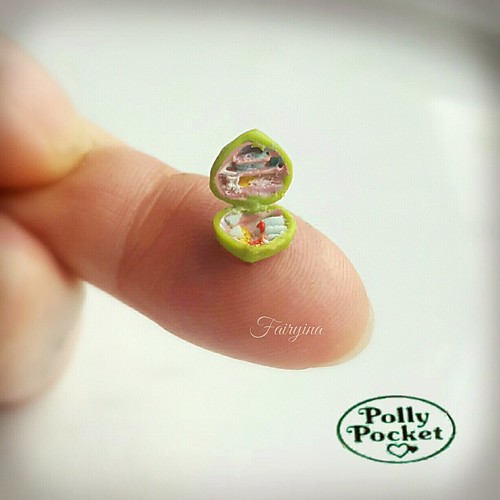The DMEM medium and fetal calf serum had been purchased from Biochrom AG (Berlin, Germany). Regular methods had been employed for DNA and RNA investigation [30]. By grinding the isolated lyophilized mycelium into a powder, it can then be utilized for extraction of DNA [31]. For Southern blot evaluation, digestion of this DNA was completed with the respective restriction enzymes (Fermentas GmbH, St. Leon-Rot, Germany). These approaches ended up fractionated on a 1% (w/v) agarose gel and transferred by downward blotting on to a Nytran nylon transfer membrane (CY3-SE cost Whatman Inc., Sanford, ME, Usa) [32]. In accordance with the protocol of Sambrook et al., the probes had been labeled with 32P and then employed for the random oligomer-primer strategy [thirty]. Southern blot analyses of DAPF1, DAPF2, DAPF3, DAPF6, DAPF9 and DAPF11 are depicted in Fig. S4ç9 in File S1. Samples of 20 mg were used for the separation on a 1% (w/v) agarose gel containing one% (v/v) formaldehyde [30]. The northern blot hybridizations were carried out in accordance to Church and Gilbert [33]. All primers utilised in this research are listed in Table S1. Polymerase chain reactions (PCR) contained five pmol of every primer, 200 nM dNTPs, twenty five ng DNA and one unit of BioThermDNA polymerase (GeneCraft GmbH, Ludinghausen, Germany) and were began at 94uC for 4 min and continued for 36 cycles at 94uC for 1 min, one min at10742280 560uC, 1 min at 70uC and the last action for ten min at 70uC.
F. fujikuroi transformations had been carried out as explained [38]. About 107 protoplasts ended up remodeled with the PCR merchandise for producing deletion mutants and with ten mg of the vector for gaining more than-expression, point mutated and GFP mutants, as described before. Following regeneration for 4 times at 28uC in the darkish on a full regeneration agar (.05% yeast extract and .seven M sucrose) made up of possibly 100 mg/mL hygromycin B (Calbiochem, Darmstadt, Germany) or 100 mg/mL nourseothricin (Werner-Bioagents, Jena, Germany), the transformants have been managed by diagnostic PCR and Southern blot. To validate homologous integration of gene substitute fragments  by diagnostic PCR, the pursuing primer pair was employed: “gene”-5Fdiag/pCSN44-hph-trpC-T and “gene”-3R-diag/pCSN44-hphP2. For examining the absence or the presence of the WT gene, the pair “gene”-R/“gene”-F was employed. From a pool of about twenty 30 transformants for every single transformation experiment, the adhering to transformants had been discovered to have homologous integrations of the respective substitute cassette: for DAPF1 two mutants (T3, T4), for DAPF2 3 mutants (T3, T5, T9), for DAPF3 three mutants (T1, T3, T4), for DAPF6 three mutants (T1, T2, T4), for DAPF9 three mutants (T2, T4, T8), and for DAPF11 two mutants (T4, T5).
by diagnostic PCR, the pursuing primer pair was employed: “gene”-5Fdiag/pCSN44-hph-trpC-T and “gene”-3R-diag/pCSN44-hphP2. For examining the absence or the presence of the WT gene, the pair “gene”-R/“gene”-F was employed. From a pool of about twenty 30 transformants for every single transformation experiment, the adhering to transformants had been discovered to have homologous integrations of the respective substitute cassette: for DAPF1 two mutants (T3, T4), for DAPF2 3 mutants (T3, T5, T9), for DAPF3 three mutants (T1, T3, T4), for DAPF6 three mutants (T1, T2, T4), for DAPF9 three mutants (T2, T4, T8), and for DAPF11 two mutants (T4, T5).